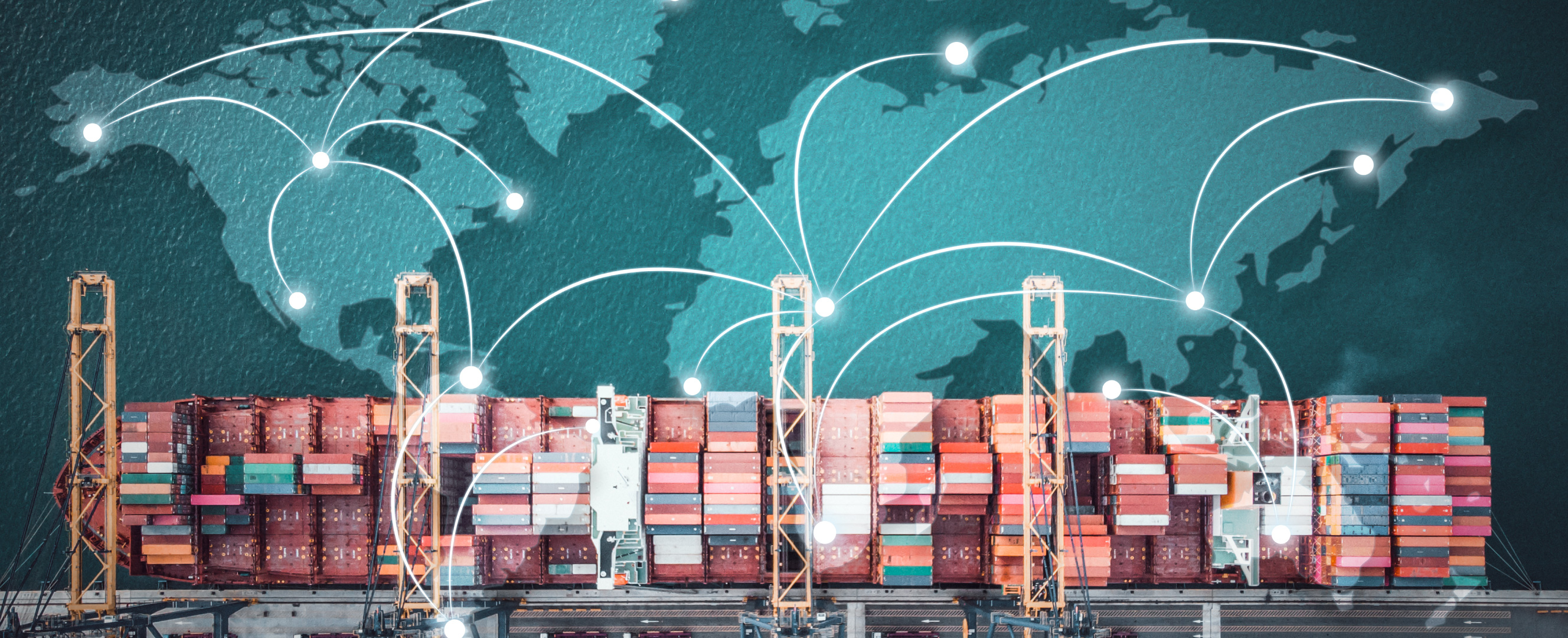Trade plateaus and restrictions rise, marking a new era for globalization
The free flow of goods, services, capital, people, and ideas across national borders leads to greater economic integration. But globalization, the trend toward these things moving ever more freely between countries, has seen ebbs and flows over the decades and most recently has hit what appears to be a momentary peak.
The trade openness metric—the sum of exports and imports of all economies relative to global GDP—is used as a proxy for globalization. Looking back over a century and a half of data, the main phases of globalization are clearly visible.
The history of globalization is characterized by five main periods of different configurations of economic and financial power and different rules and mechanisms for economic and financial ties between countries.
As the charts show, trade openness has plateaued on a global level since 2008, and the metric has receded for some of the world’s largest economies (see map below). At the same time, there has been a significant surge in trade restrictions globally over the past few years.
Trade restrictions imposed in 2022:
These trends do not bode well for the future of globalization, and they have come into sharper focus this year as policymakers work to understand and address the prospect of growing geoeconomic fragmentation.
This follows a rise in trade tensions between the world’s two largest economies, the United States and China, and more recently following Russia’s invasion of Ukraine, which has caused massive disruptions of financial, food, and energy flows across the globe. In addition, COVID-19 has increased the focus on economic security and on making supply chains more resilient after the pandemic exposed their vulnerability in many countries.
Opinions expressed in articles and other materials are those of the authors; they do not necessarily reflect IMF policy.









